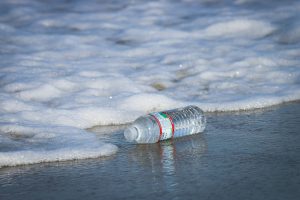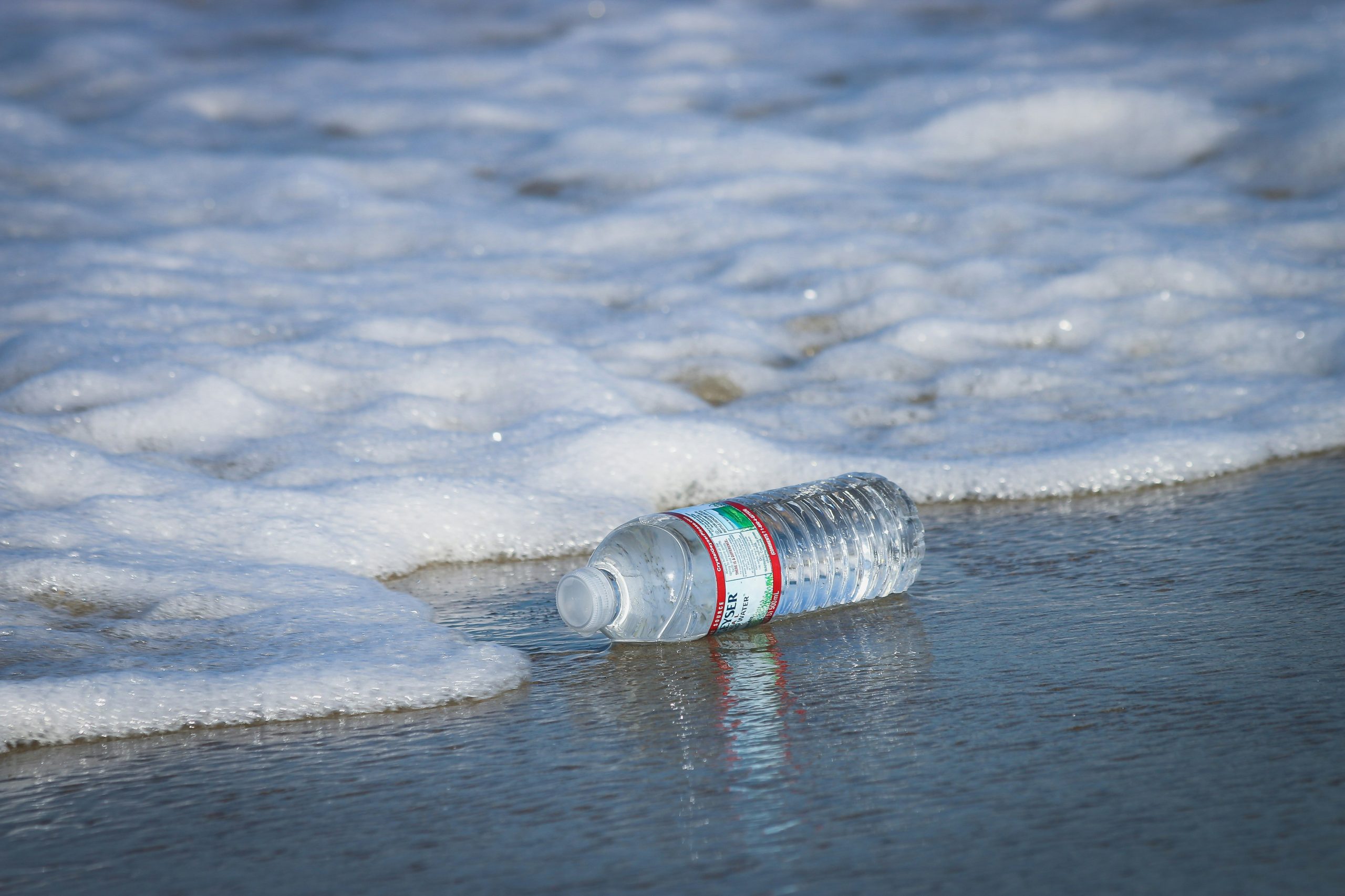
What are Microplastics?
Microplastics are less than 5 millimeters in length, making them difficult to manage and clean up. Microplastics enter the environment and are digested by wildlife, accumulated in the food chain, and overall destructive to the environment.
Where do Microplastics Come From?
Microplastics are created either when larger pieces of plastic break down, or when a company manufactures tiny pieces of plastic.
Why are Microplastics Harmful?
Plastics can take hundreds or thousands of years to decompose. In the meantime, these plastic pieces can be consumed by wildlife and humans, which has a variety of negative impacts on their health.
How Can We Reduce Microplastics?
Single-use plastics are the primary source of secondary microplastics in the environment. Reduce your use of single-use plastics, opting for reusable and sustainable alternatives instead!
Sources
“Yale Experts Explain Microplastics.” Yale Sustainability, Yale University, sustainability.yale.edu/explainers/yale-experts-explain-microplastics.
“Microplastics.” National Oceanic and Atmospheric Administration, U.S. Department of Commerce, oceanservice.noaa.gov/facts/microplastics.html#:~:text=Plastic%20debris%20can%20come%20in,microplastics%20and%20their%20impacts%20yet.
“Microplastics.” National Geographic Society, education.nationalgeographic.org/resource/microplastics/.
